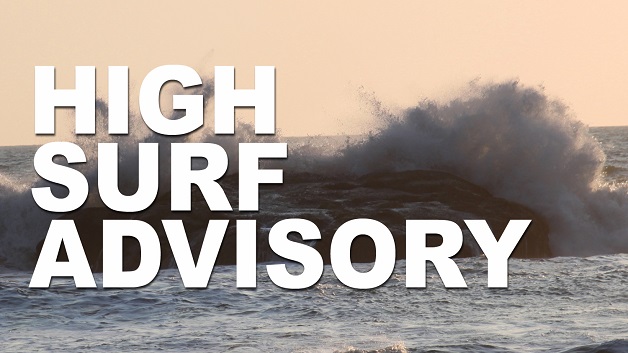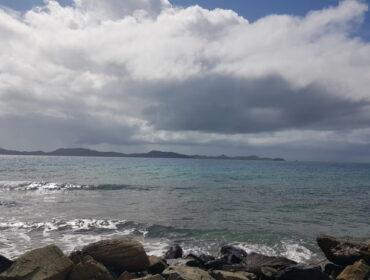A high surf advisory goes into effect Thursday night for the British Virgin Islands.
Locations to be affected: Reefs and mainly exposed eastern coastlines with relatively shallow, gently to
moderately sloping near shore areas.
Timing: Thursday night to Saturday night.
Synopsis: Moderate, long period swells, from Tropical Storm Paulette, are expected to impact the area, mainly eastern coastlines. The threat level is moderate and there is the potential for significant impacts to the life and property of persons using affected coastlines. These swells are expected to cause life-threatening surfs and rip currents near some coastlines. The threat level could rise to high on Friday, when a warning may be required.
Seas: 1.5 to 2.5 metres (5 to 8 feet), occasionally or locally reaching near 3 metres (10 feet). Swell period: 9 to
11 seconds. Swells: East-northeast at 1.5 to 2.5 metres (5 to 8 feet) and occasionally higher.
Surf (breaking swells): Over 2 metres (over 6 feet). These conditions will be conducive for dangerous rip
currents. Please note that surf could be as much as twice the height of swells, depending on the bathymetry of the near shore areas.
Coastal flooding: High tides combine with onshore wind and swell actions could result in localized coastal
flooding and beach erosion.
Potential Impacts: Loss of life – strong currents that can carry even the strongest swimmers out to sea; injuries to beachgoers; beach erosion; sea water splashing onto low lying coastal roads; beach closures; localized disruptions to marine recreation and businesses; financial losses; damage to coral reefs; saltwater intrusion and
disruptions to potable water from desalination. High surfs can knock spectators off exposed rocks and jetties. Breaking waves may occasionally impact harbours making navigating the harbour channel dangerous.
Precautionary/preparedness actions: A high surf advisory means that dangerous surfs of 2 to 3 metres or 6 to 10 feet will affect some coastlines in the advisory area, producing hazardous conditions. Beachgoers should be extremely cautious; bathe only where lifeguards are present or the sheltered, less affected beaches, mainly to the west and south.
Rip currents are powerful channels of water flowing quickly away from shore, which occur most often at low
spots or breaks in the sandbar and near structures such as groins, jetties and piers. If caught in a rip current,
relax and float. Don’t swim against the current. If able, swim in a direction following the shoreline. If unable to
escape, face the shore and call or wave for help.
Disclaimer: The Department of Disaster Management (DDM) is not an official Meteorological Office. The Information disseminated by the Department is gathered from a number of professional sources used or contracted by the DDM to provide such information. This information is to be used as a guide by anyone who has interest in local weather conditions. By no means can the DDM or the BVI Government be held accountable by anyone who uses this information appropriately for legal evidence or in justification of any decision which may result in the loss of finances, property or life.





